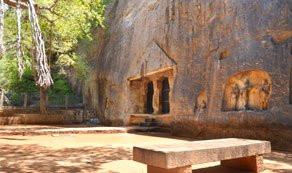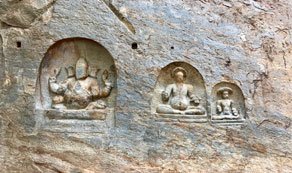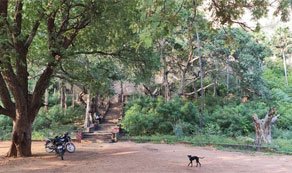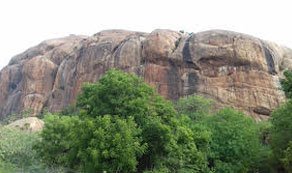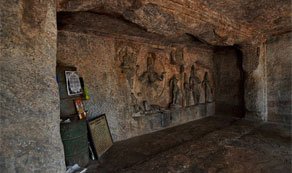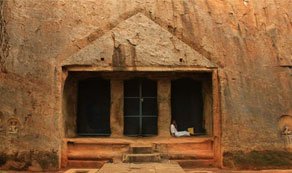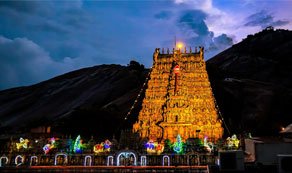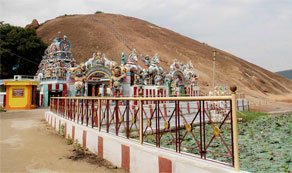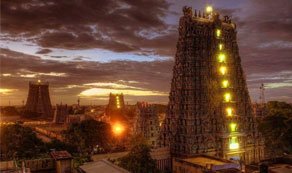Thenparankundram Rock Cut Cave Temple

Thenparankundram Rock-cut Cave Temple in Madurai, Tamil Nadu, India, is an ancient Hindu temple carved out of a massive rock formation.
Here's a brief overview of its history and significance:
The temple features exquisite carvings and sculptures depicting various gods and goddesses from Hindu mythology.The architecture of the cave temple is notable for its simplicity yet intricate detailing, showcasing the craftsmanship of the artisans of that era.Both of these temples hold immense religious and historical significance in the region, attracting devotees and tourists alike. They stand as testaments to the rich cultural heritage and architectural brilliance of ancient Tamil Nadu.
Also known as the Panchapandava Cave Temple, this site is located around 10 kilometers from Madurai and is carved out of a massive rock.The temple is believed to have been constructed during the Pandyan dynasty's rule, possibly around the 8th century.
The cave temple is dedicated to Lord Shiva and is named after the Pandava brothers from the Indian epic Mahabharata.The cave temple is dedicated to Lord Shiva and is named after the Pandava brothers from the Indian epic Mahabharata.
History:
Ancient Origins: The temple is believed to have been constructed around the 8th century, during the Pandyan dynasty's rule in the region. Pandyan kings were known for their patronage of art, architecture, and religion, and this temple stands as a testament to their cultural contributions.
Architecture: Carved entirely out of a single rock, the temple showcases the remarkable architectural and sculptural craftsmanship of ancient South India. The rock-cut architecture is reminiscent of similar temples found in the region, such as those in Mahabalipuram and Ellora.
Religious Significance: Dedicated to Lord Murugan, also known as Kartikeya or Subramanya, the temple holds immense religious significance for devotees, particularly those who follow the Tamil tradition of worship.
Special Features:
Rock-cut Architecture: The temple's most distinctive feature is its architecture, where the entire structure is carved out of a single rock formation. This unique method of construction makes it a remarkable archaeological and architectural marvel.
Cave Shrines: The temple comprises multiple cave shrines, each housing intricately carved sculptures of Hindu deities and mythological figures. These shrines serve as places of worship and meditation for devotees.
Sculptural Beauty: The temple is adorned with exquisite sculptures depicting various scenes from Hindu mythology, including stories of gods, goddesses, and celestial beings. The attention to detail and artistic finesse of these sculptures make them a sight to behold.
Religious Practices: The temple continues to be a vibrant religious center where devotees gather to offer prayers, perform rituals, and seek blessings from the deity. Festivals and religious ceremonies are also conducted here, attracting pilgrims and tourists alike.
Cultural Heritage: As a symbol of Tamil Nadu's rich cultural heritage, the Thenparankundram Rock-cut Cave Temple attracts scholars, historians, and art enthusiasts who seek to explore the ancient traditions and architectural marvels of the region.
Overall, the Thenparankundram Rock-cut Cave Temple stands as a testament to the rich cultural and religious heritage of Tamil Nadu, offering visitors a glimpse into the glorious past of the region's art, architecture, and spiritual practices.



